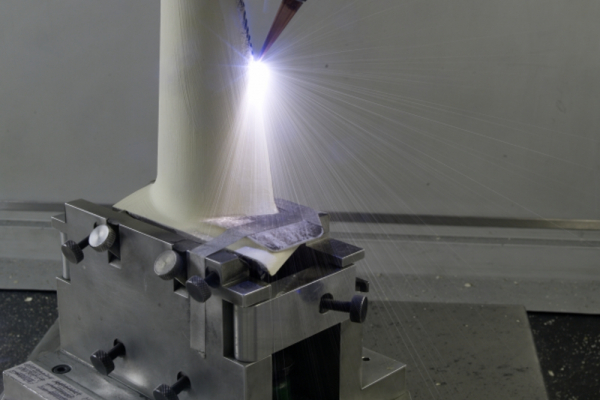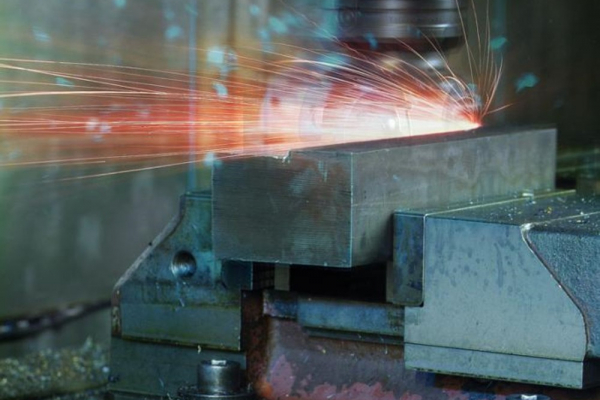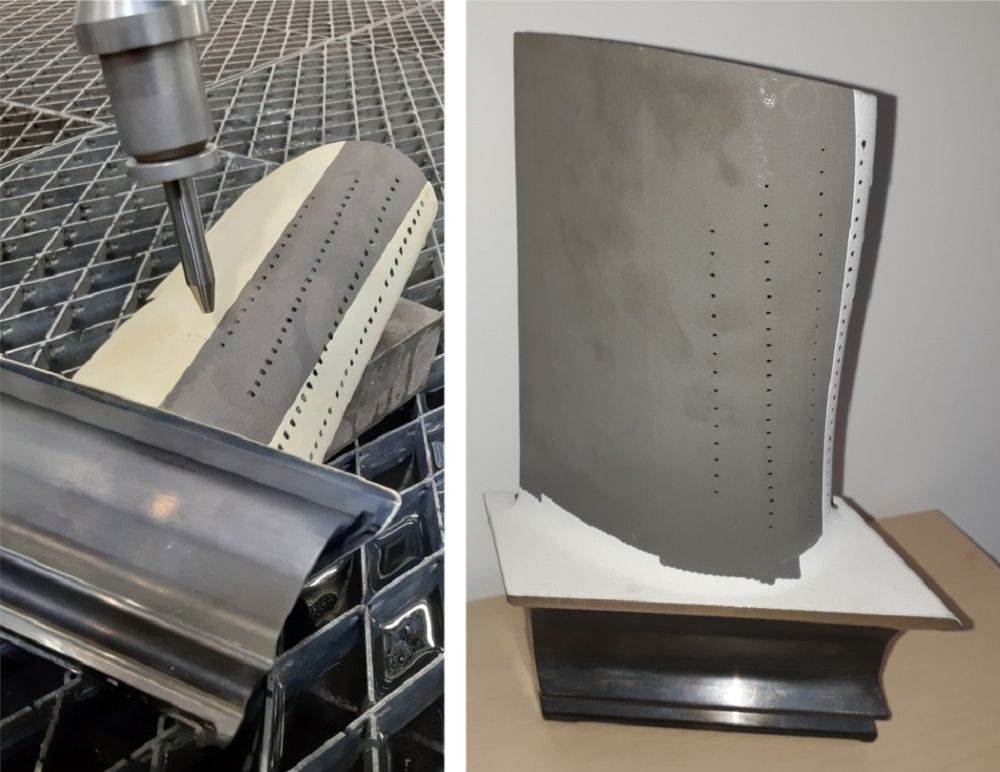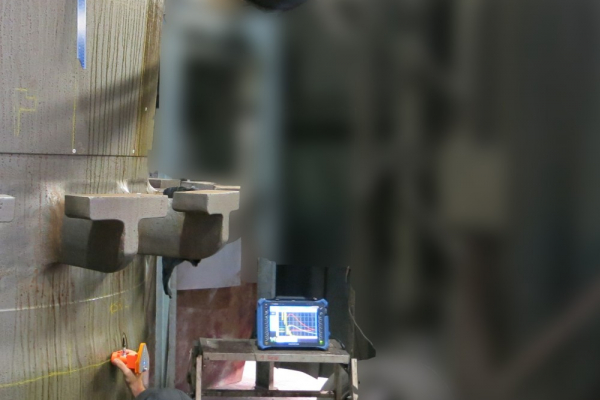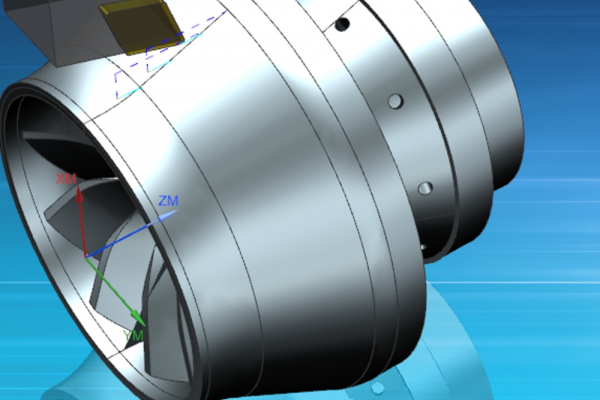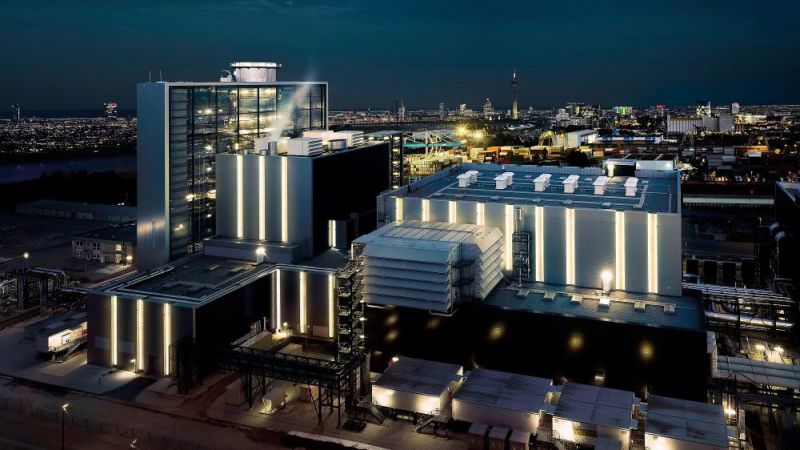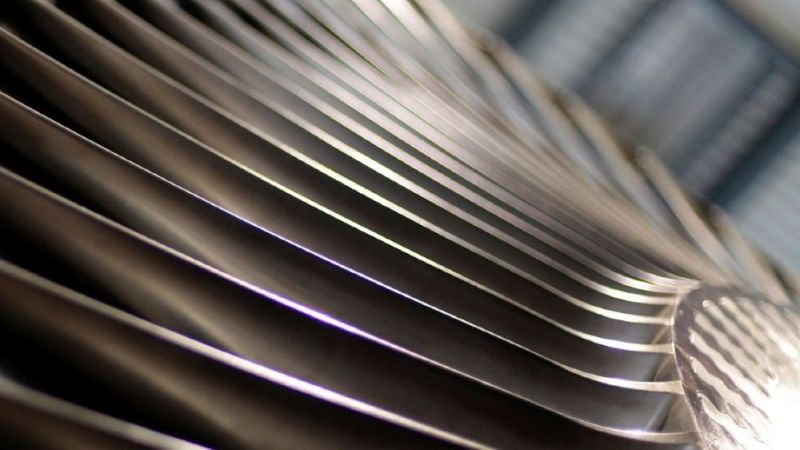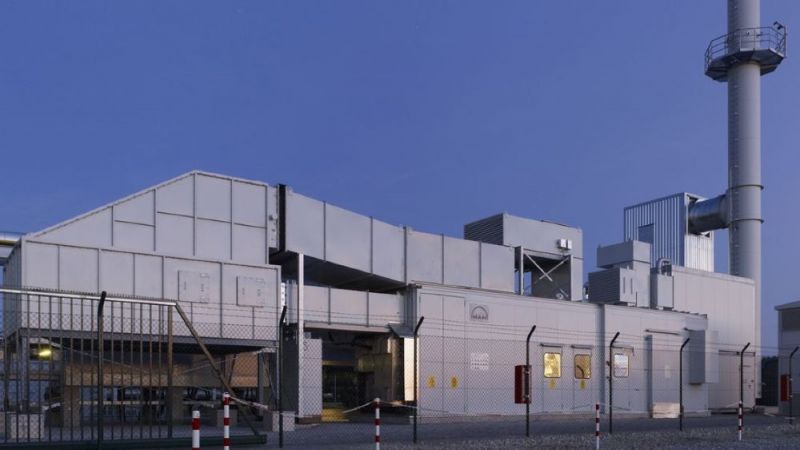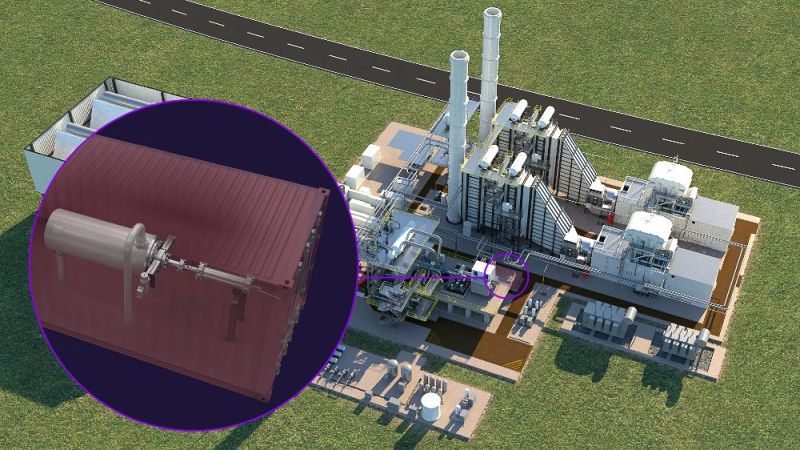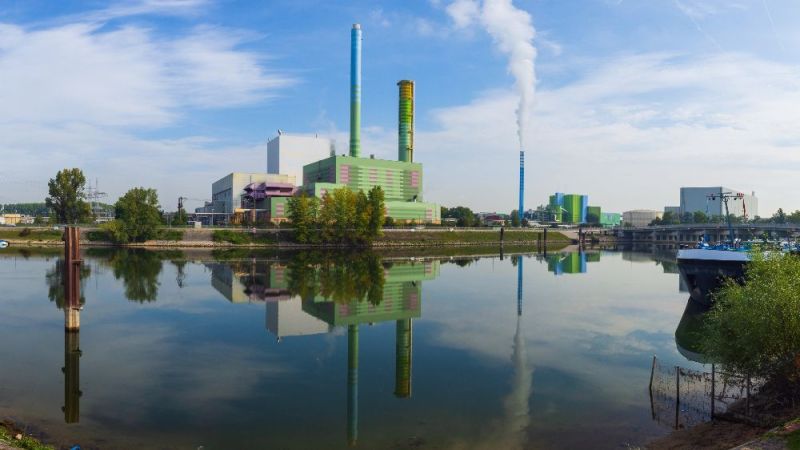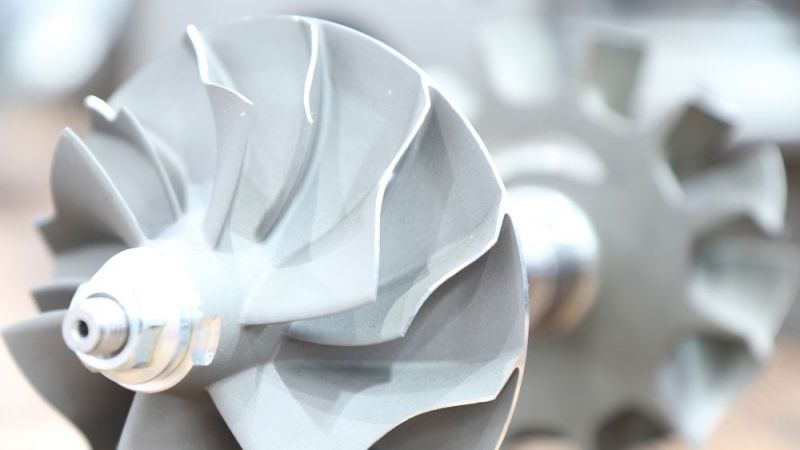Thermal power plants
Increasing gas turbine output through precise cooling
Gas turbines secure electricity provision as renewable energies are further expanded by providing the base load or peak load as required. The higher the efficiency, the less gas has to be used for this purpose - resulting in lower carbon dioxide emissions. Scientists are therefore working to further develop manufacturing technologies for gas turbines in order to meet the ever increasing demands on the individual components. For example, a new cooling concept for turbine blades ensures that higher firing temperatures can be used. This increases the efficiency of the gas turbine and reduces its production costs.
Developing new manufacturing technologies
Scientists are investigating new manufacturing and measuring processes as part of the MCoE project, short for "Manufacturing Center of Excellence". The aim is to increase the efficiency in gas and steam operation from 61.5 per cent to 65 per cent. To achieve this, they are for instance researching methods for processing ceramic and metallic protective layers. In addition, a digital twin, in other words a virtual representation of the plants and machines, is to be created.
Precise cooling increases efficiency
For gas turbines to work more efficiently, they have to withstand higher temperatures than before. The limiting factor for the operating temperature of the gas turbine is currently the heat resistance of the turbine blades. That is why the scientists are investigating new cooling concepts. They have developed a method of allowing the cooling film, that is, the cooling air, to flow over the surface of the turbine blades. This is achieved with improved cooling air holes, called diffusers, in the turbine blades. The challenge here is the high accuracy of the three-dimensionally shaped diffusers and the hybrid surface structure of the blade: There is a thermal protective layer on the outside made of ceramic, which is separated from the metallic base material of the blade by an adhesive layer. The aim of the project work to date has been to apply a new type of diffuser geometry to this. The diffuser distributes the air flowing through it over a larger surface area and slows down the air flow. This means that a larger surface area can be cooled with the same amount of air, or the same cooling output can be achieved with less air.
A method using ultra-short pulse lasers has proven to be the optimum production technology for this. The pulse duration is less than 10 picoseconds at an output greater than 100 watts. This makes it possible to create finely structured cooling air openings. The new diffusers have now already been applied to a test blade and tested under real conditions. They help to further increase the 63 per cent efficiency of the new Siemens gas turbines in combined gas and steam operation. The Siemens and Fraunhofer employees involved are using laser equipment at the Fraunhofer Institute for Laser Technology, ILT, for initial production trials of the new cooling diffusers with test components.
Removing ceramic surfaces from turbines with micro water jets
This method can be used to remove hard and brittle materials. Compared to laser technology, this is a cold cutting process. The temperature in the area of the cut surface is only slightly above the ambient temperature. The scientists are for example testing a method to remove defined three-dimensional structures of ceramic and metallic material layers from the surface of turbine blades in a cost-efficient and controlled manner. To do this, they use high-speed micro water jets that remove the ceramic thermal barrier layer over a large area or locally without affecting the metallic adhesive layer. They achieved the best results at a pressure of 1000 bar and a feed rate of 2000 millimetres per minute. This process is not only more cost-effective and saves time, but is also gentler on the component than conventional methods using sandblasting and chemical processes.
Reduce costs with digital quality control
Manufacturers are currently testing the quality of the individual components during production using a number of analogue methods. These are established, but are not suitable for digitised production. For example, cracks in surfaces of metallic components are tested with the help of fluorescent liquids. The penetration depth of the liquid is checked manually and assessed by a technician.
The method is not suitable for a digital reproduction of the product. Scientists have developed digital testing technologies instead. For example, they checked cracks in surfaces using photogrammetry. This involves using chemical methods to make the cracks visible. Then several images of the component are taken under standardised conditions with high-resolution cameras. This allows the location and size of the cracks to be assessed and documented three-dimensionally and digitally. The data flow into model-based machine programming. Defects in individual components can then be identified and repaired at an early stage in production. The project team has already successfully demonstrated a first model for this method.
Digital twin supports manufacturing
A large amount of data are generated during the production of gas turbines and their components. These originate, for example, from the actual process, external sensors as well as the controls of the machines. The scientists have developed methods and algorithms to make these data usable in the form of a digital twin. The digital twin makes it possible to understand the processes and products more precisely. It independently creates and executes measurement routines and enables automated production processes. This allows machines to be controlled more efficiently, and any production errors can be identified during the ongoing process and subsequently eliminated in a targeted manner. Not only does this reduce the subsequent quality assurance required, but the digital twins created for each product also open up the potential for further development of the production chain in the future. This makes it possible to speed up the production of high-quality components whilst keeping it cost-efficient.


